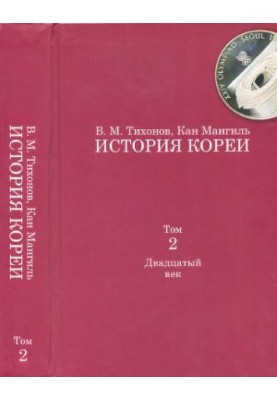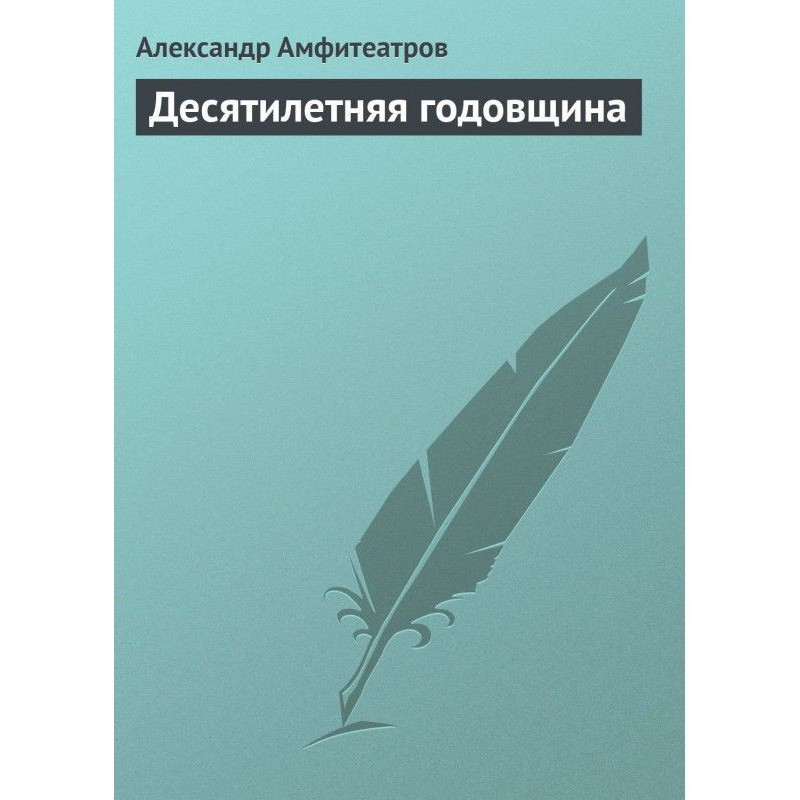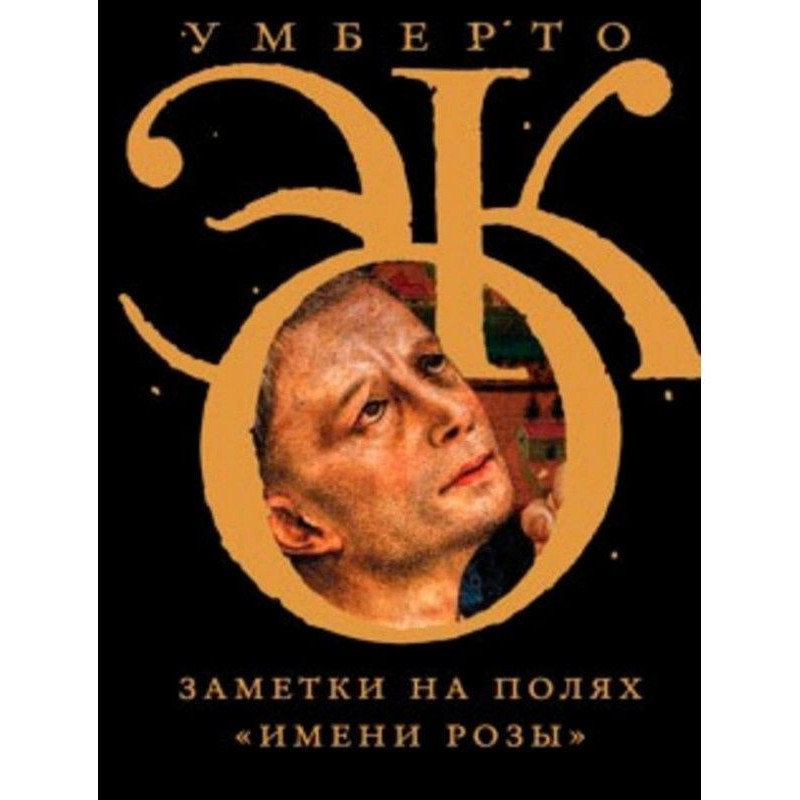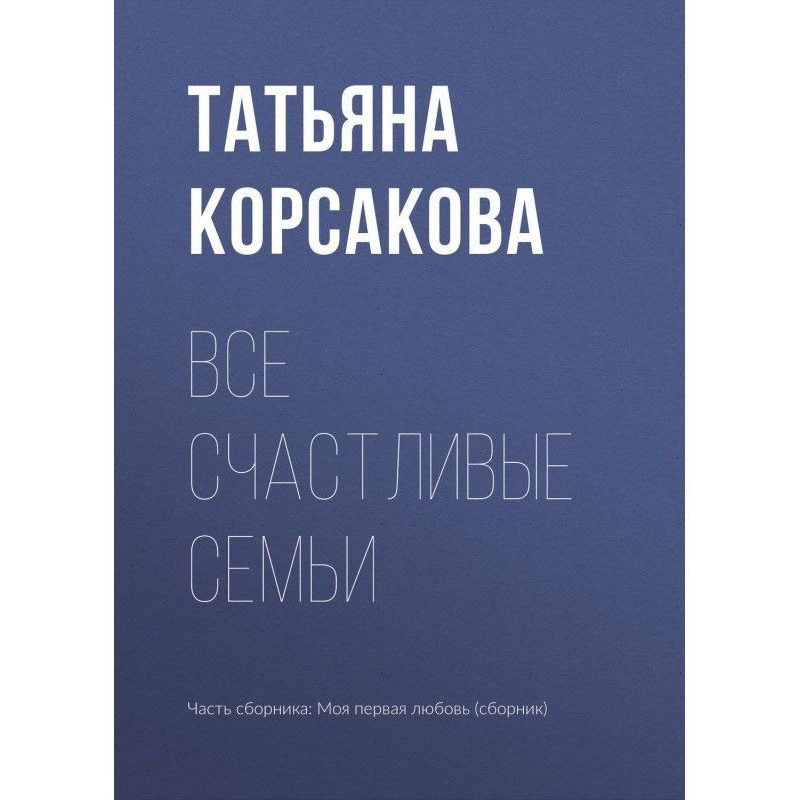History of Korea. Volume 2
 Instant download
Instant download
after payment (24/7)
 Wide range of formats
Wide range of formats
(for all gadgets)
 Full book
Full book
(including for Apple and Android)
The second volume is dedicated to the 20th century. In it, V. M. Tikhonov completes the description of the era of the New Time. Considering the period from the Russo-Japanese War of 1904-1905. before the liberation of Korea in 1945, it concentrates on social and ideological phenomena and their relationship to the dynamics of class and social interests. Era 1945-1992 in the south of the Korean Peninsula is presented through the vision of the patriarch of Marxist historiography of South Korea, Kang Man-gil. Chapters from his widely acclaimed book “A New Look at the Contemporary History of Korea” are published in Russian for the first time. Written from a critical position, this book does not divide historical figures into “heroes” and “villains”, but tries to identify the social conditioning and internal contradictions in the activities of each of them. Table of contents: V.M. Tikhonov. Preface to the second volume 11Chapter 16. Colonization of Korea by Japanese imperialism in 1905-1910. and the nationalist “enlightenment” movement 19a) The Russo-Japanese War (1904-1905) and the process of colonization of Korea in 1905-1910 19b) Resistance to Japanese colonialism and the formation of nationalist ideologies in Korea (1905-1910) 411. The “Army of Justice” movement - yibyon 422. Educational movement (kemon undon). Social Darwinism 54Part 4. Colonial Korea: colonial “modernization” and national resistance (1910-1945) 70Chapter 17. Japanese “saber regime” and changes in the life of Korea 1910-1919 70a) The colonial system and the problem of the development of capitalism in Korea 1910s 70b) Korean nationalism and the national movement - in search of an answer to the challenges of the era 83Chapter 18. The nationwide anti-colonial movement of March 1, 1919 and the transition of Japanese colonialism to a policy of concessions (1919-1931) 88a) The March 1 Movement - origins, development, results 88b) “Cultural rule” and the development of capitalism in Korea in the 1920s years 98c) Radical movements in the socio-political life of Korea in the 1920s 106d) 1920s - results of the decade 114Chapter 19. Japanese militarism and industrialization of Korea: 1931-1937 116a) World crisis and changes in Japanese policy in Korea 116b) Radical and moderate social movements in Korea in the early 1930s 123Chapter 20. War, total mobilization and Liberation: 1937-1945 133a) Japanese aggression in China and the Pacific War 133b) Repressive-mobilization policy of the Japanese authorities in Korea 137c) Korean society in war period: cooperation and resistance 148d) Liberation of Korea from Japanese domination 157Kang Mangil A new look at the modern history of Korea (1945-1992) Translator's Preface 165From the editor 169Part 1. The emergence and strengthening of the partition system (1945-1992) 172Introduction 172Chapter 1. The process of national division 176 Defeat of Japan (VIII. 15, 1945) 176 Demarcation along the 38th parallel 178 Failure of the joint Soviet-American commission (V. 20-6. V. 1946, V. 21-VIII. 10. 1947) 181 Creation of separate states (15. VIII.1948, 9.IX.1948) 187Chapter 2. Korean War (25.VI. 1950 —— 27.VII.1953) 190Prerequisites for the war 190The course of the war 194The significance of the war 203Chapter 3. Strengthening the Partition system (1948-1992) 209Lee’s regime Synman (VIII.15, 1948 - IV. 26, 1960) 209 Chang Myung regime (VIII. 23, 1960 - V. 18. 1961) 215Pak Chung-hee regime (1): from military rule to “civilian government” (16.V. 1961 ᅳ 17.X.1972) 219Park Chung-hee regime (2): introduction of the yushin system (17.X.1972 - 26.X. . 1979) 225Chong Doukwan regime (XII 12, 1979 - 11/25/1988) 231Ro Deu regime (11/25/1988 - 12/18/1992) 239Part 2. Development of the movement for democracy and reunification (1945-1992) 246Introduction 246Chapter 1 . Committee for preparation for the construction of the state and the “People's Republic” 250 Activities of the Committee for preparation for the construction of the state (15.VIII. - 4.IX. 1945) 250 Proclamation of the “People's Republic of Korea” 253 Chapter 2. Movement for cooperation of left and right forces and meetings of representatives political forces of the north and south (1945-1948) 255Negotiations between the “People's Republic of Korea” (PRC) and the Provisional Government and “Communiqué of the Four Parties” (January 7, 1946) 255 Activities of the Committee for Cooperation of Left and Right Forces 259 Meetings of representatives of political forces of the North and South in April 1948 265 Chapter 3. “April 19 Movement” for democracy and unification (1960-1961 ) 270 “April 19 Movement” - for democratization 270 “April 19 Movement” - for national reunification 274 Chapter 4. Joint statement of the North and South of July 4, 1972 278 Negotiations of the Red Cross Societies of the North and South (August 1971 - May 1973) 278 "Joint Statement of North and South July 4, 1972" 281Chapter 5. People's uprising in Gwangju and the "June 10th movement" for democratization 285People's uprising in Gwangju (Vent. 18 - May 27, 1980) 285 "June 10th Movement" (1987) for democratization and national reunification movement 290Chapter 6. Conclusion of an agreement between North and South (10-13.XII.1991) 297Northern project of unification through confederation (10.X.1980) and southern project of national reconciliation and unification (22.1.1981) 297Conclusion of an Agreement on reconciliation, non-aggression, exchanges and cooperation (10 -December 13, 1991) 300Part 3. Economics: Decolonization and Development (1945-1992) 305Introduction 305Chapter 1. Decolonization of the Economy (1940-50s) 308Agrarian Policy of the American Military Administration - Confiscation of Japanese Land Property and Land Problems reforms 308Land reform during the reign of Syngman Rhee 311Policies of the American military administration and the Syngman Rhee regime regarding Japanese-owned property 316Chapter 2. Economic development based on foreign assistance (1950s) 321Economic US aid 321Agricultural surplus in the USA and agriculture in South Korea 324American economic aid and industry 327Chapter 3. Development of the economy by attracting foreign capital (1960-70s) 332The beginning of the import of foreign capital and its features 332Foreign capital and industrialization 337Foreign capital and growth of exports 342Foreign capital and agriculture 346Chapter 4. Development of an open economy (1980s) 350Strengthening of monopoly capital 350Changes in small and medium-sized businesses 354Changes in the structure of the financial market 358Open economies and agriculture 362Part 4, Society and culture during the period of partition 370Introduction 370Chapter 1. Education and social movements in the teaching environment under the system section 373 Educational policy of the American Military Administration (9.IX1945-15.VIII. 1948) 373Educational policy of the Syngman Rhee regime (15.VIIL 1948-19.IV. 1960) 376Movement for the democratization of education after the April Revolution of 1960 (19.IV.1960- 16.V.1961) 380Educational policy of the Park Chung-hee regime (16.V.1961-26.11.1979) 383Educational policy of the regimes of Chung Dukwan and Ro Daewoo and the All-Korean Teachers' Union (1.IX. 1980-25.11.1993) 386Chapter 2. The labor movement under the section system 391The labor movement and the attitude of the American military administration towards it 391The labor movement and the attitude towards it of the Syngman Rhee regime 397The labor movement after the April Revolution (19.IV.1960-16.V.1961) 401The labor movement during the period of economic growth (16.V . 1961 ᅳ6.1971) and attitude towards him government 405The labor movement of the Yusin period (XII. 6, 1971 •— X. 26, 1979) and the government’s attitude towards it 409 The labor movement under Chong Dukwan (1980-1987) 413' “June 10 Movement” (1987) for democratization and labor movement 416Chapter 3. Movement of cultural figures under the section system 420Split of the world of culture 420Literature and the influence on it of the April Revolution (1960) and the military coup of May 16, 1961 424Development of theories of “national literature” 428Deepening of theories of “national literature” 432Appendices, comp. T.M. Simbirtseva, scientific. ed. V.M. Tikhonov 441Chronological table 1. Korea 1904-1945 441Japanese resident generals and governors general in Korea (1906-1945) 455Chronological table 2. South Korea 1945-1992 456Index of concepts for the section “South Korea 1945-1992.” 478Index of political parties and organizations for the section “South Korea 1945-1992.” 482Abbreviations for the section “South Korea 1945-1992.” 490Index of names 492List of publications from which illustrations were taken 497
Data sheet
- Name of the Author
- Владимир Тихонов Михайлович
Кан Мангиль - Language
- Russian
Reviews
Вражаюче дослідження історії Кореї!
Другий том "Історії Кореї" В. М. Тихонова - це справжня знахідка для всіх, хто цікавиться історією та культурою цього регіону. Автор майстерно аналізує складні соціальні та ідеологічні процеси, які відбувалися в Кореї протягом XX століття, починаючи з російсько-японської війни і закінчуючи звільненням Кореї в 1945 році. Особливо вразила глибина дослідження колоніального періоду та його вплив на формування національної ідентичності. Глава, присвячена антиколоніальному руху, дає змогу зрозуміти, як корейці боролися за свою свободу та незалежність. Включення робіт Кан Мангіля додає новий вимір до розуміння новітньої історії Кореї. Книга написана доступною мовою, що робить її зрозумілою навіть для тих, хто не є фахівцем в історії. Рекомендую всім, хто хоче глибше зануритися в історію Кореї та зрозуміти її сучасні виклики.















